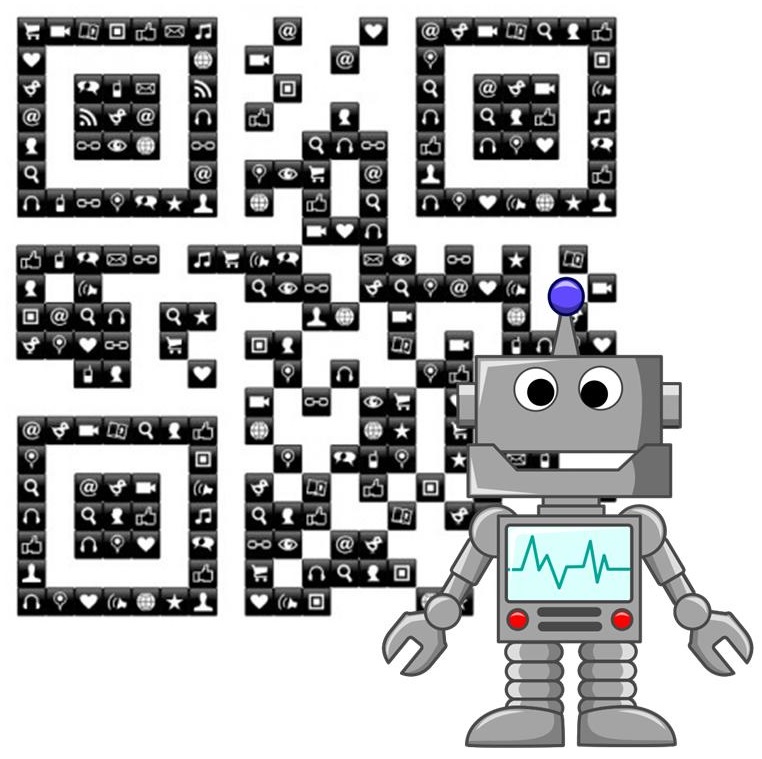Communicating commands to a robot, particularly in terms of new locations, is now easier with quick response codes.
Being able to instruct a robot in terms of where it should navigate, especially when it comes to new locations, has been a considerable struggle that has previously needed complex technologies, but that could be resolved with something as simple as QR codes.
Previously it was believed to require sophisticated machine vision, and tech such as Bayesian particle filters.
However, recently, this planning was constructed in a very different way, using QR codes to help to guide robot navigation issues of localization. The issue is in the concept that if a robot were to bring you a glass of water or a soda, then that machine would first need to know where it is located and where the drink can be found. Therefore, the robot would essentially require a map and would need to be able to recognize its own location on that map at any given moment.
QR codes are allowing some of the issues within that process to be sidestepped.
 After all, to truly become practical, the robot would also need to be able to create its own maps be “observing” its surroundings and still be able to understand where it is located on the maps that it has constructed on its own. This has been labeled the SLAM problem, which stands for Simultaneous Localization and Mapping.
After all, to truly become practical, the robot would also need to be able to create its own maps be “observing” its surroundings and still be able to understand where it is located on the maps that it has constructed on its own. This has been labeled the SLAM problem, which stands for Simultaneous Localization and Mapping.
The inability to overcome this problem has limited robots to being able to navigate only around a constructed environment where they are programmed for very specific tasks. However, by coming up with a way to give these machines the opportunity to properly gauge and interact with their environments – and their own position within it – then this could present far greater opportunities for their use. Previous methods have involved using advanced technology to be able to label an environment with markers such as RF beacons. However, more recently, a much simpler marker has been employed.
This marker involves simple scanning of QR codes – often called by the nickname of “robot vomit”. These quick response codes are often seen in advertising and product labels, but by sticking them on the features of a space, including doors and walls, it can help robots to better understand their own environments and how to function within them.

 According to IBM Smarter Commerce strategy director, Jay Henderson, “We continue to see a dramatic movement of the new digitally savvy consumer as Cyber Monday once again proved to be the star of this holiday shopping season.” He pointed out that smartphones and tablets are becoming a favorite “shopping companion” for consumers, who use the devices for a range of different activities throughout the process that ends in a holiday purchase. This drove record sales over the channel, with a growth of 55 percent over last year.
According to IBM Smarter Commerce strategy director, Jay Henderson, “We continue to see a dramatic movement of the new digitally savvy consumer as Cyber Monday once again proved to be the star of this holiday shopping season.” He pointed out that smartphones and tablets are becoming a favorite “shopping companion” for consumers, who use the devices for a range of different activities throughout the process that ends in a holiday purchase. This drove record sales over the channel, with a growth of 55 percent over last year.